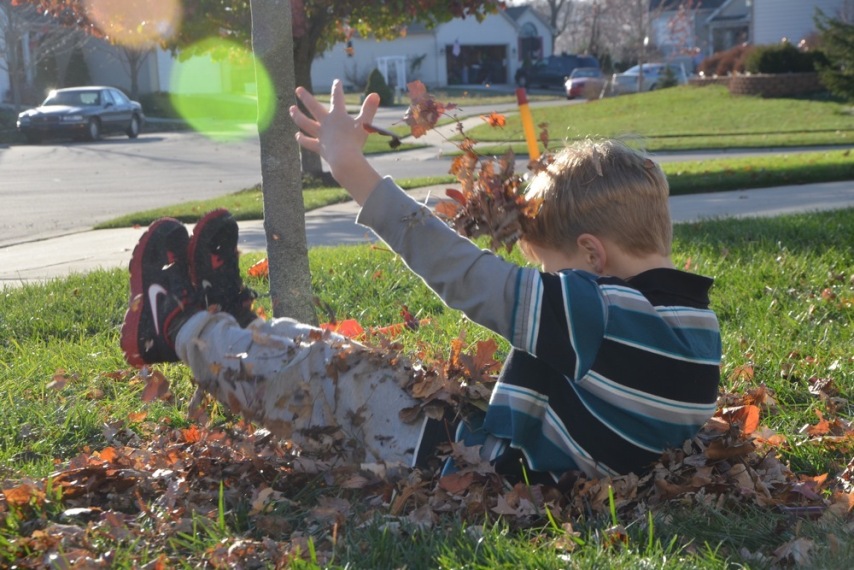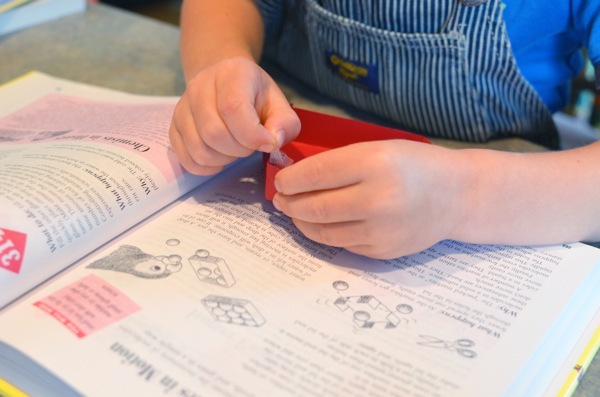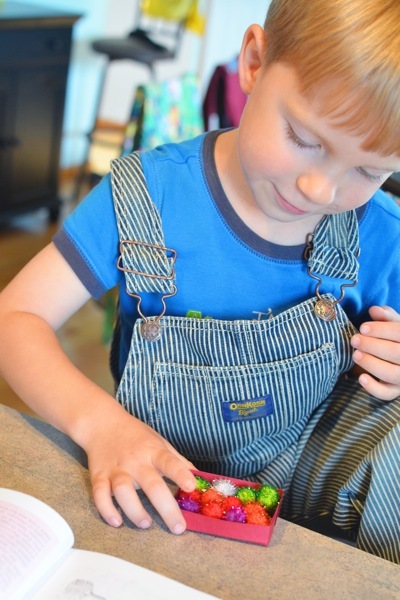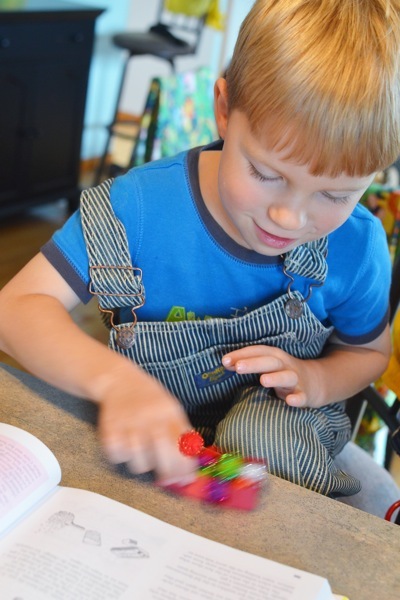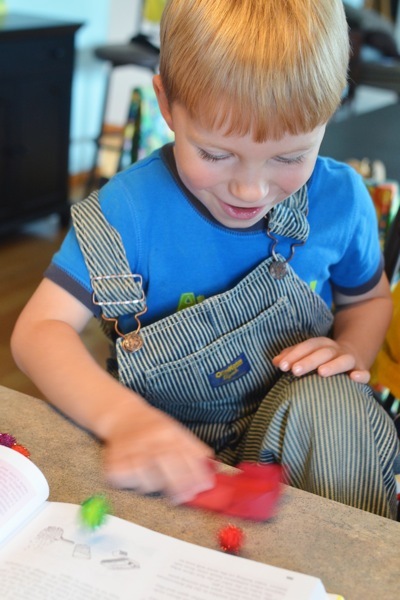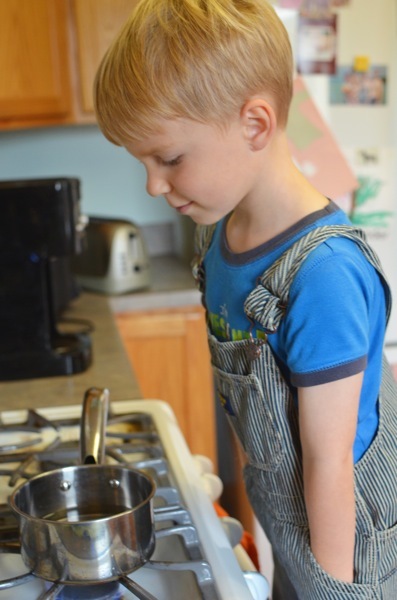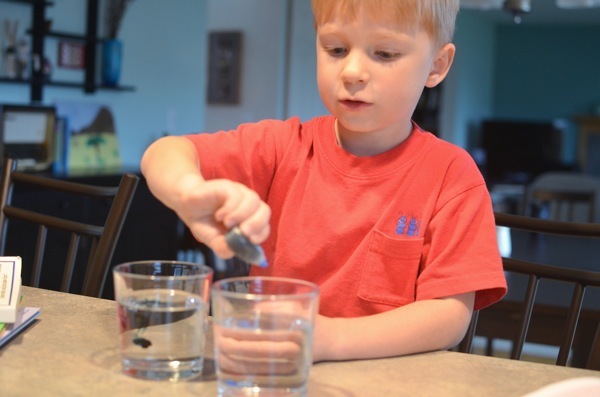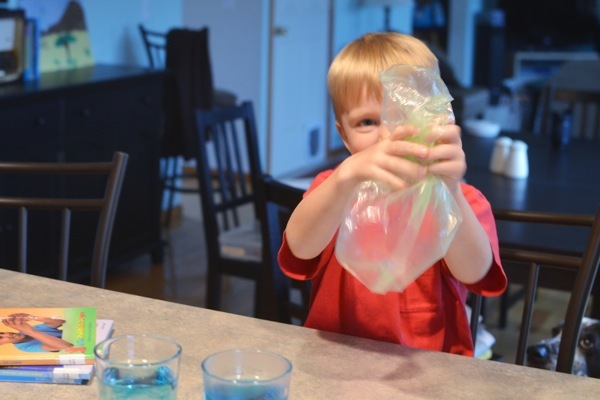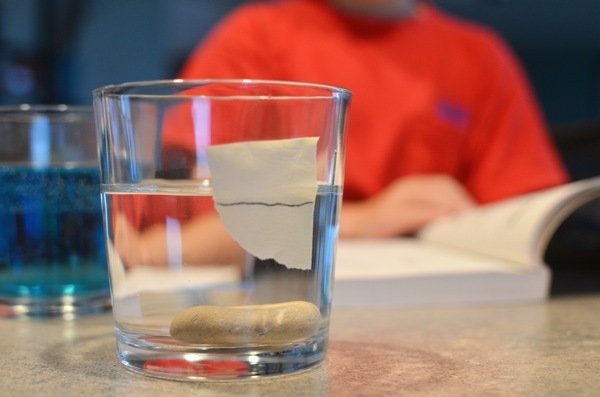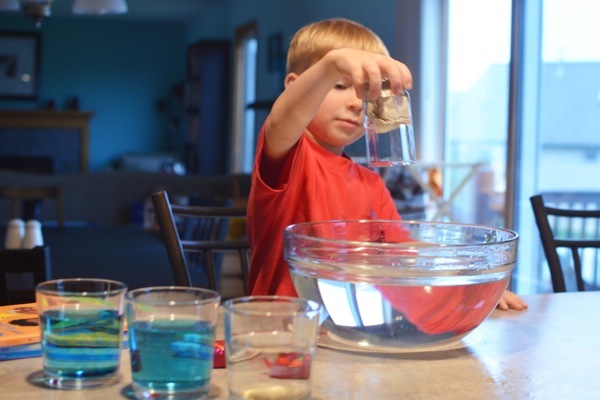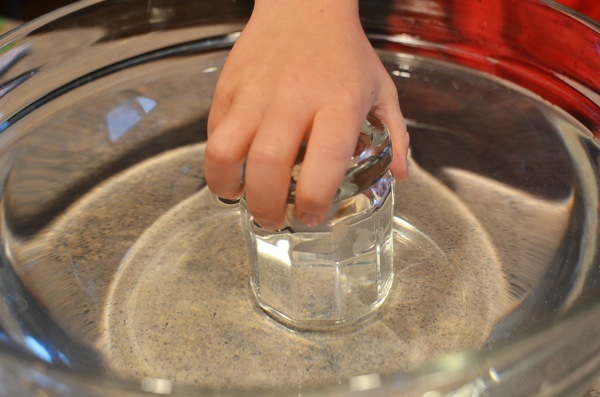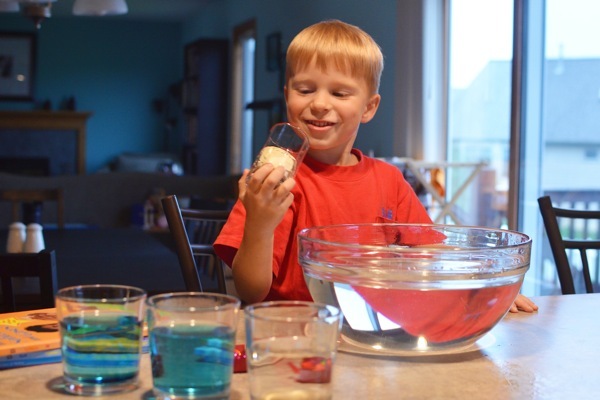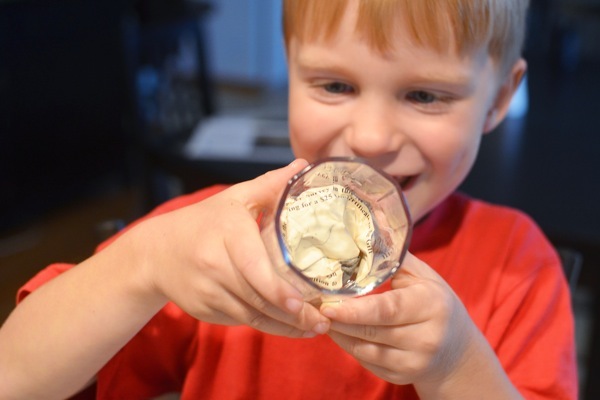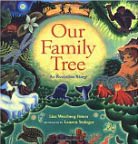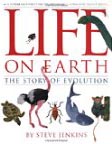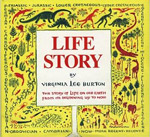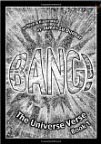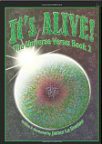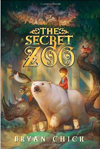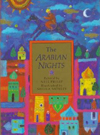Weekly book shelf, 10/2—more on evolution
We are still looking at evolution this week as we work our way through the Paleozoic Era towards the Mesozoic and its dinosaurs.
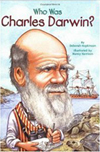 Who Was Charles Darwin?, by Deborah Hopkinson, is a short chapter book telling the life story of Charles Darwin. About half the book is devoted to his voyage on the Beagle, but there is a short chapter on his childhood and several chapters about his life following the voyage, including mentions of his wife and children, his illness, and the political and cultural climate in which he was writing his On the Origin of Species. The language is little more complex than in the Magic Tree House series, but it's pretty close to that level, and the pencil sketches are interesting enough to add to the book while not being a total distraction. Calvin read this one to himself, and again out loud to me, so I know he really enjoyed it.
Who Was Charles Darwin?, by Deborah Hopkinson, is a short chapter book telling the life story of Charles Darwin. About half the book is devoted to his voyage on the Beagle, but there is a short chapter on his childhood and several chapters about his life following the voyage, including mentions of his wife and children, his illness, and the political and cultural climate in which he was writing his On the Origin of Species. The language is little more complex than in the Magic Tree House series, but it's pretty close to that level, and the pencil sketches are interesting enough to add to the book while not being a total distraction. Calvin read this one to himself, and again out loud to me, so I know he really enjoyed it.
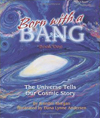
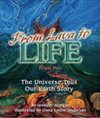 Born With a Bang and From Lava to Life by Jennifer Morgan are is the first two in a series of three books about our world. The language in these books is lyrical, almost mystic, and the illustrations are vivid and capturing. They are dealing in science, but the tell it like a story. Calvin really loves them. My only disappointment is in the page layouts: one full page of beautiful picture facing a page full of text, but multiple font sizes and colors are used, something that I always find distracting. It's a small issue, though, and not much of one at that. There is a timeline at the top of every page and a more succinct run down of timeline facts in the back of the book.
Born With a Bang and From Lava to Life by Jennifer Morgan are is the first two in a series of three books about our world. The language in these books is lyrical, almost mystic, and the illustrations are vivid and capturing. They are dealing in science, but the tell it like a story. Calvin really loves them. My only disappointment is in the page layouts: one full page of beautiful picture facing a page full of text, but multiple font sizes and colors are used, something that I always find distracting. It's a small issue, though, and not much of one at that. There is a timeline at the top of every page and a more succinct run down of timeline facts in the back of the book.
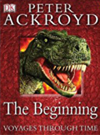 Voyages Through Time: The Beginning by Peter Ackroyd is a book I think we'll be using a lot through our study of evolution and prehistory. This is definitely more of a reference book, broken into chapters based on time periods and eras. The images are large and enjoyable without being distracting the book is pleasantly devoid of varied font sizes, colors, and presentations—it's simply written as a reference book, full of well presented facts, and images with descriptive captions. The chapters are well developed but in some cases lack the dimension that would allow them all to be interconnected, but I didn't find this to be a huge issue since we were using less as a reading book and more like a reference book.
Voyages Through Time: The Beginning by Peter Ackroyd is a book I think we'll be using a lot through our study of evolution and prehistory. This is definitely more of a reference book, broken into chapters based on time periods and eras. The images are large and enjoyable without being distracting the book is pleasantly devoid of varied font sizes, colors, and presentations—it's simply written as a reference book, full of well presented facts, and images with descriptive captions. The chapters are well developed but in some cases lack the dimension that would allow them all to be interconnected, but I didn't find this to be a huge issue since we were using less as a reading book and more like a reference book.
 Book reviews,
Book reviews,  Weekly book shelf | tagged
Weekly book shelf | tagged  evolution
evolution 




